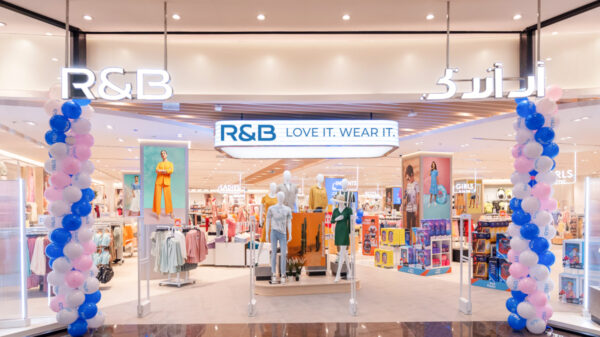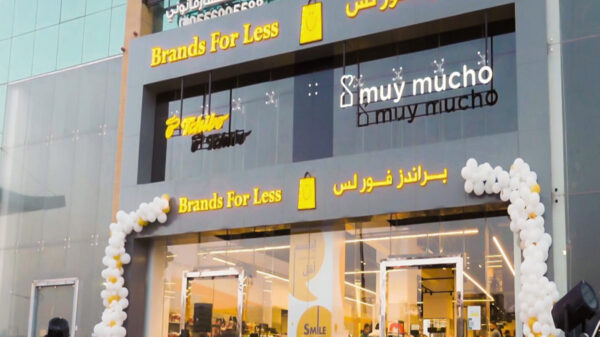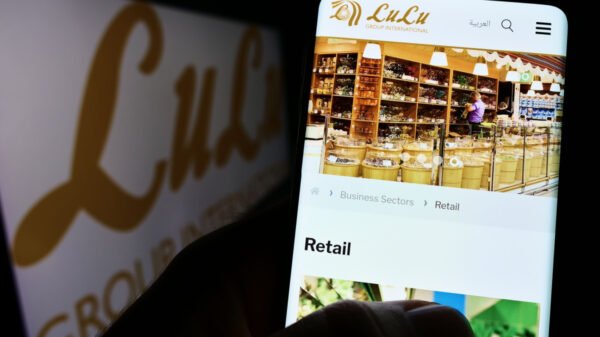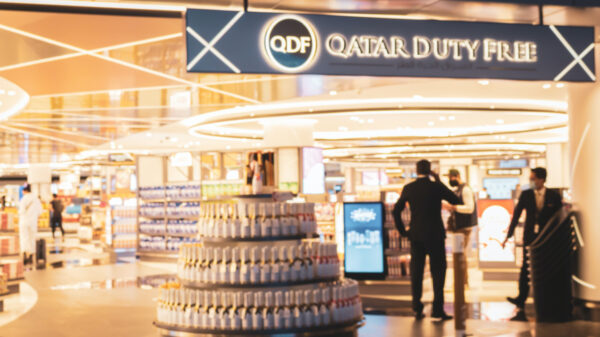German luxury e-commerce platform Mytheresa will be expanding its operations in the Middle East, said the company’s CEO, Michael Kliger.
Mytheresa has been slow to engage in the region until now, Mr Kliger admitted in an interview with WWD.
“Today the region is four per cent of our business. But when I speak about it, people say, ‘But it should be double,’ and I agree. For our brand partners, like Cartier and Van Cleef, this region has always been a big focus.”
The UAE and Saudi Arabia have become the biggest regional markets by spend, according to Mr Kliger: “We have a loyal high-end customer base from the Middle East, but we have been serving them more in their Paris or London residences. But there is a clear momentum back into the region. The pandemic showed us they spent at home that potential because so much.”
Mytheresa’s diversified offering across categories has also appealed to Middle Eastern customers.
“As a luxury retailer, we offer women’s fashion, but we also have menswear and kidswear. This region already over-indexes in kidswear, for example. We do double the business here compared to other markets with high-end luxury brands like Loro Piana kids and Brunello [Cucinelli] kids. The amount of money and appreciation in this region is high. Now we also have home and lifestyle, so it opens a lot of opportunity.”
A host of rapid societal changes, specifically in Saudi Arabia, will keep on fuelling the demand, said Mr Kliger: “Saudi is in a very dynamic period. Things as simple as more fine dining restaurants opening up, means more people are out, driving wardrobe needs.”
Mr Kliger said his regional strategy will focus on improving logistics, such as making the delivery and returns process smoother. However, the most important driver for growth will be understanding the customer intimately well.
“We really need to show up in the region more and bond with the customers. This means more events, more PR, more personal shoppers“When we hear our customers tell us, ‘I was thinking about something and then your newsletter came in the morning it offered me that,’ well, that’s magic.”
The investment in developing relationships always pays off in spades, said Mr Kliger: “When I was in Riyadh early this year, clients were telling me they always go to Courchevel at the end of January. That tells us we should push our ski edit at that time in the region, which might not have been what we are doing globally.”
Mytheresa team has the inventory he said “but the time customers might want it is different in France, different in the US and different in Saudi”.
“The biggest cost in e-commerce is customer acquisition — if you acquire customers that have loyalty. What we have seen since last summer is the aspirational customer is cutting back whereas, for our high-end customer, there has been no dent whatsoever. Growth with this top-end customer is 26 to 28 per cent year-on-year.”
Mr Kliger expressed scepticism about localised edits or special selections for the Middle Eastern customer: “This is a very knowledgeable and very elevated customer base. We have an offer that appeals globally, so it’s not as if we need a specific product that is different in the Middle East”.
It is essential “to respect the culture and understand the occasions.” Mr Kliger said it “means knowing when the timings of regional wedding seasons, holidays and festivals are because these drive their wardrobe needs. Fifty per cent of our business is ready-to-wear, so we focus on understanding their needs and delivering in that category.”
Mytheresa has been steadily growing globally – at a time when luxury e-commerce has been struggling to thrive. One of the success keys, said Kliger, is keeping its eye on core clients: “I think the secret sauce is our focus on who we are aspiring to serve. Broadly in luxury you have the aspirational customer that purchases one or two items, usually handbags. Then there is the wardrobe builder. This person has a luxurious lifestyle. We have always focused on that wardrobe builder.
“Our model with 50 per cent of our business in ready-to-wear and 20 per cent overall in handbags means we do, of course, offer and sell bags, but we don’t sell bags to people that only buy bags. In e-commerce, this is more resilient and more profitable.”
Aside from the Middle East, Mr Kliger said the company is also expanding in the US: “We were not that present there five years ago, but are now increasing the efforts. The US is still an amazing opportunity because it’s also so diverse. We have recently had events in markets from Arkansas to Aspen. We head soon to L.A. in May. The US is so big, and we think they are underserved, especially markets not on the East and West coast.”








